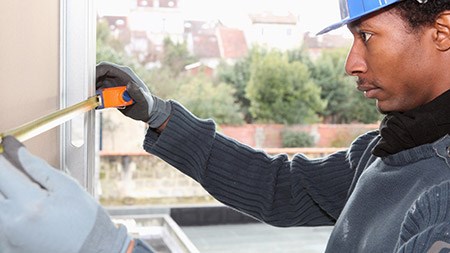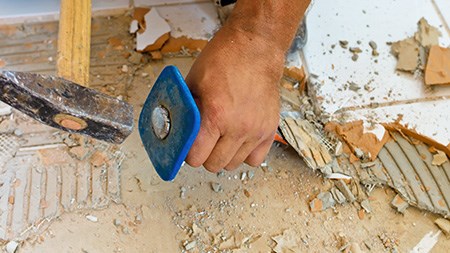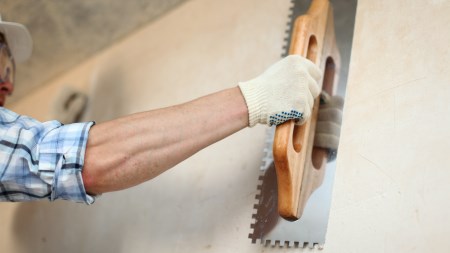FNB’s Estate Agent Survey has shown that fewer South Africans are maintaining or upgrading their homes – a sign that homeowners are struggling financially.
FNB’s household and property sector specialist John Loos recently released a report outlining the results of the bank’s estate agent survey relating to home maintenance and upgrades. Suffice to say the report makes for interesting reading.
FNB utilises five distinct categories to gauge levels of home maintenance and upgrades. These include ‘value adding upgrades’, ‘fully maintaining their property and making some improvements,’ ‘not improving but still fully maintaining homes’, ‘attending to basic maintenance only,’ and ‘allowing homes to get run down’. Broadly, it would appear that a mild weakening has set in across each category after several years of improvement.
Home upgrades
In the top category, ‘value adding home upgrades’, estate agents appear to be of the opinion that activity is tapering off. From a high of 26% towards the end of 2015, the percentage of homeowners undertaking such improvements has dropped to 22.5%.
The percentage of homeowners ‘fully maintaining their property and making some improvements’ dropped from a 2015 high of 42.5% to 39% by the second quarter of 2016.
The number of homeowners ‘not improving but still fully maintaining homes’ also declined significantly from a high of 37.5% in the third quarter of 2014 to 21% by the second quarter of 2016.
Collectively, what this means is that there has been an increase in the two last categories, specifically, ‘attending to basic maintenance only,’ and ‘allowing homes to get run down’.
Home maintenance
In terms of the ‘attending to basic maintenance only,’ category, the estimated percentage of homeowners who fell under this banner stood at 7.5% during the last two quarters of 2015. This number has since increased significantly to 17%. This is not positive as Loos says homes which fall under this banner will effectively go backwards.
Those owners who are ‘allowing homes to get run down’ at least only weighed in at around approximately 1%.
It comes as small surprise that a broad weakening is starting to manifest. Growth in South Africa has slowed significantly of late, to the extent that the International Monetary Fund (IMF) recently cut the country’s growth forecast from 0.6% to 0.1%. Strikes, low commodity prices, an inflexible labour framework, a drought, and perceived poor governance are but a few of the factors which have brought this scenario about.
Investment confidence
Interestingly, Loos points out that the overall decline in the top three categories has also contributed to a three quarter decline in the FNB Home Investment Confidence Indicator. While confidence improved in 2013 and 2015 this has since dropped.
Another indicator as to the general state of things is Loos’ findings relating to Hardware, Paint and Glass retail sales. According to Loos, this category of retail growth slowed considerably from 9.6% in April 2015 to a paltry 0.5% year-on-year in 2016.
The fact that Loos says that there has been a distinct drop in plans passed relating to additions and alterations from 33.5% in June 2015 to just 6.13% in June 2016 also points to a broader deterioration.
In short, if there’s one thing that investors and consumers don’t like, it’s uncertainty which would, in part, explain the numbers yielded by Loos’ report. People are holding back on upgrading, improving and in some cases even maintaining their homes because they feel the current climate is not accommodative or because they simply can’t afford it. So while things technically aren’t ‘terrible’ they could hardly be described as ‘healthy’ or ‘robust’ either and may well be a sign of things to come. Only time will tell.





